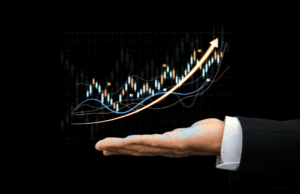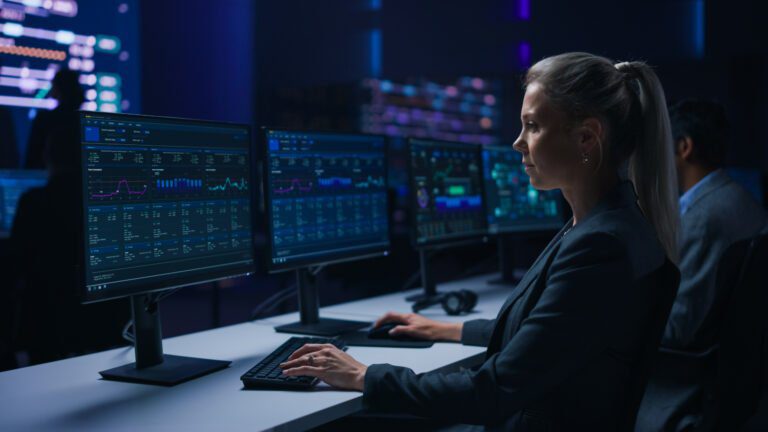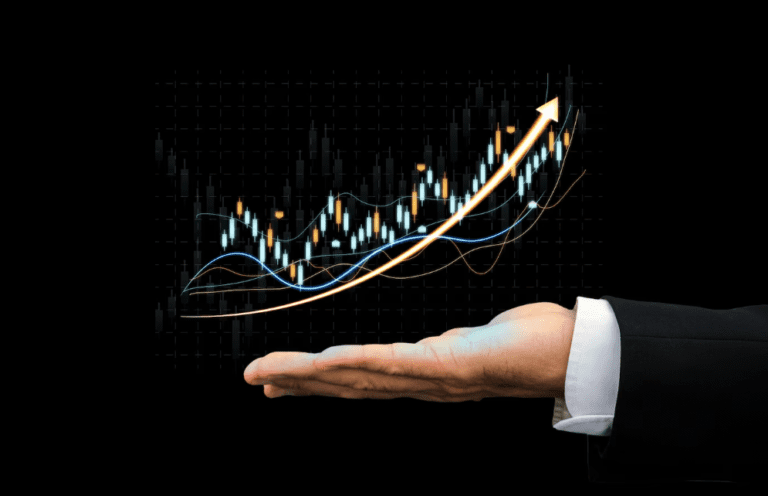Millions of people around the world are fascinated by the idea of trading currencies and making money from the comfort of their own homes. But before you dive in headfirst, there are a few basics you need to understand. One of the most important concepts is pips. Pips determine how much profit or loss you’ll make on a trade.
Tiny changes in currency prices can have a big impact on your trading account when you’re dealing with leverage. If you don’t understand pips and how to calculate them, you could end up losing money fast. But don’t worry, we’re here to help.
In this article, we’ll explain everything you need to know about pips so you can start trading Forex with confidence. By the end, you’ll be calculating pips in your sleep and well on your way to mastering the currency markets.
What Are Pips in Forex Trading? Defining This Key Concept
Pips are the smallest price increment in the Forex market. They represent the smallest change in value between two currencies. Understanding pips is key to successful Forex trading.
In most major currency pairs, a pip represents a change in value of 0.0001. So if the EUR/USD pair moves from 1.1200 to 1.1205, it has increased by 5 pips. These small changes add up over time and with larger trade sizes.
Calculating Pip Value
To determine the value of a pip, you need to know your trade size and the pip size for that currency pair.
For example, if you trade 10,000 units of EUR/USD, each pip would be worth $1 (10,000 x 0.0001). A 5 pip increase means you made $5. The more you trade, the more each pip is worth, which also means bigger risks and bigger rewards.
Pips allow Forex traders to calculate profits and losses with a high degree of accuracy. They also help in setting stop losses to control risk. By setting a stop loss 2-5 pips away from your entry price, you know exactly how much you stand to lose if the trade goes against you.
Understanding pips and how to calculate their value is essential for any Forex trader. They represent the building blocks that make up your total profit or loss at the end of each trade. Once you have a firm grasp of pips, you’ll have a much clearer picture of how the Forex market works.
How Pips Impact Your Profits and Losses in Forex

As a forex trader, pips determine how much money you make or lose on each trade.
How Pips Impact Your Profits
If the price of a currency pair goes up by 20 pips after you buy it, and you close your trade, you’ll make a profit of $2 for each lot you trade. Say you trade 5 lots, so you’ll make $10. Not too shabby! The more pips a currency moves in your favour and the larger the size of your trade, the bigger your profit.
How Pips Impact Your Losses
Unfortunately, pips work the same way when a trade moves against you. If you buy a currency pair and it drops 20 pips, you’ll lose $2 for every lot you trade. Ouch! Losing trades are a fact of life as a forex trader, so you need to keep losses small by using stop-loss orders.
The key is finding a balance between maximising profits on winning trades and minimising losses on losing ones. Carefully analyse the markets to determine logical entry and exit points, control your emotions, use tight stop losses, and never risk more than 1-3% of your account on any single trade.
Key Forex Trading Events That Cause Pip Movements in Major Currency Pairs
As a forex trader, you need to pay close attention to events that can cause pip movements in the major currency pairs. These market-moving events often lead to volatility, providing opportunities to capitalise on price fluctuations.
1. Central bank interest rate decisions
When the Federal Reserve or other central banks adjust interest rates, it impacts the value of currencies. Rate hikes often strengthen the currency, while rate cuts typically weaken it. These decisions cause pip movements, so be ready to act quickly.
2. GDP and economic data releases
A country’s gross domestic product (GDP) and other economic indicators like employment rates reflect the overall health of its economy. Strong data suggests economic growth and often boosts the currency, while weak data can drag it down. Closely monitor releases of GDP, jobs reports, retail sales, and inflation to anticipate pip movement.
3. Geopolitical events
Global political issues, conflicts, and instability frequently shake up currency markets. Events like wars, coups, sanctions, and alliances can significantly impact a nation’s currency. Pay attention to headlines and breaking news to gauge how political events may affect the currency pairs you trade. Be prepared for extra volatility and possible reversal of trends.
4. Natural disasters
Natural disasters, pandemics, and other unforeseen crises that threaten human life, infrastructure or the economy often rattle currency markets. Assess how the disaster may impact key factors like economic growth, interest rates or global trade to determine potential effects on currency pairs. In some cases, the initial market reaction may reverse once the situation stabilises.
Knowing how these types of key events tend to influence currency markets and cause pip movements will make you a savvier forex trader. By staying on top of current events, economic releases and news, you can anticipate volatility, predict trends and make the right moves at the right times.
With experience, you’ll get better at gauging market reactions and capitalising on the opportunities.
Conclusion
So there you have it, a quick overview of pips and how they work in Forex trading. As you’ve learned, pips represent the smallest price changes that can happen in the currency market. While each pip on its own may not seem like a big deal, when leveraged through margin trading and compounded over time, even small pip movements can lead to substantial profits or losses.
Now that you understand pips, you’ll be able to keep a close eye on them and know exactly how much each price change impacts your trades. Stay on top of the pips, use tight stop losses, and keep practising – you’ll be well on your way to mastering Forex trading in no time. The pips don’t lie, so pay attention to them!
Frequently Asked Questions
1. What are pips in Forex Trading?
The smallest price changes in the foreign exchange market are known as pip movements, or percentages in points. They show how the values of two different currencies have changed.
2. How can I use pip calculations to determine my Forex earnings and losses?
The number of pip gains or losses is multiplied by the size of your trade position to determine profits and losses. For instance, the profit on a 10,000-unit position would be equal to 50 pip gains multiplied by 10,000 units.
3. Do particular occurrences have a big influence on Forex trading?
Indeed, a range of events can have an impact on Forex markets. Events that can have a significant impact include key economic indicators, decisions made by central banks, geopolitical developments, and the release of economic statistics, such as non-farm payroll figures.
4. How can I keep up with Forex Trading Events?
Keep yourself updated with official pronouncements from central banks, economic calendars, and financial news sources. In order to keep traders informed about events impacting the markets, a lot of trading platforms now include real-time news feeds.
5. Can beginners benefit from understanding Forex trading events?
Yes. Even though it could seem difficult at first, it’s important for traders of all skill levels to comprehend Forex happenings. Being aware of important events facilitates risk management and educated decision-making, which enhances trading success.



